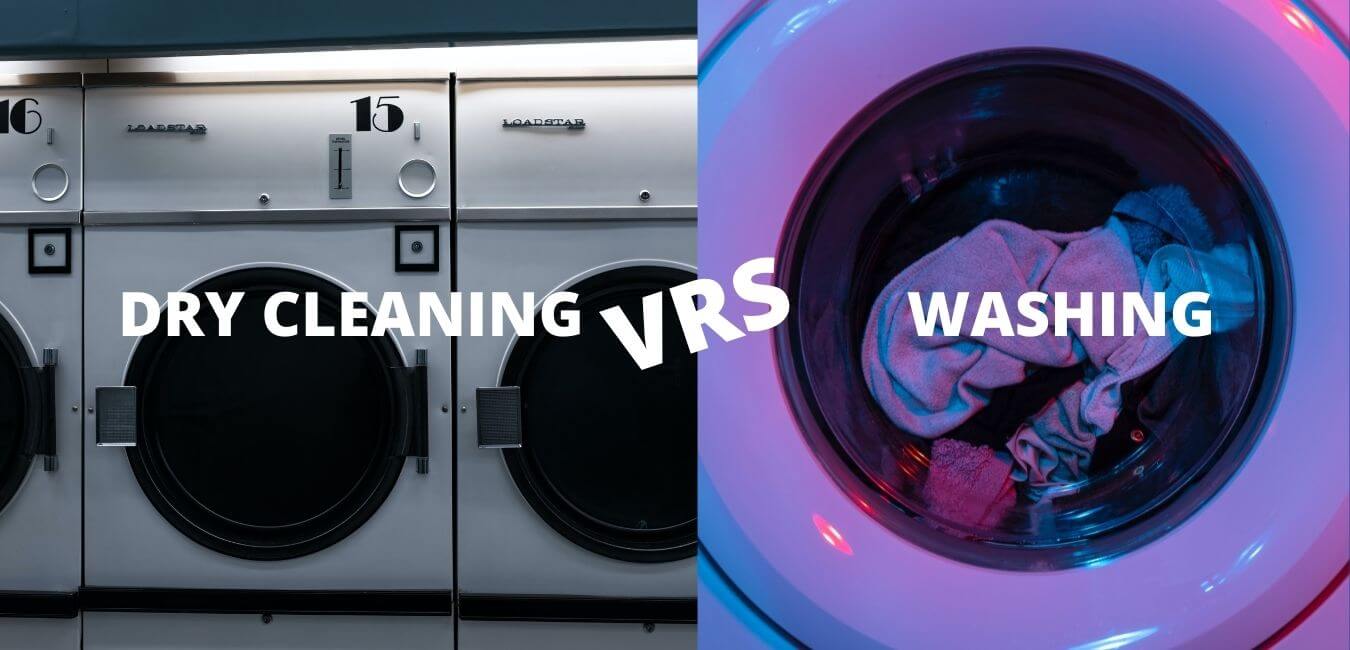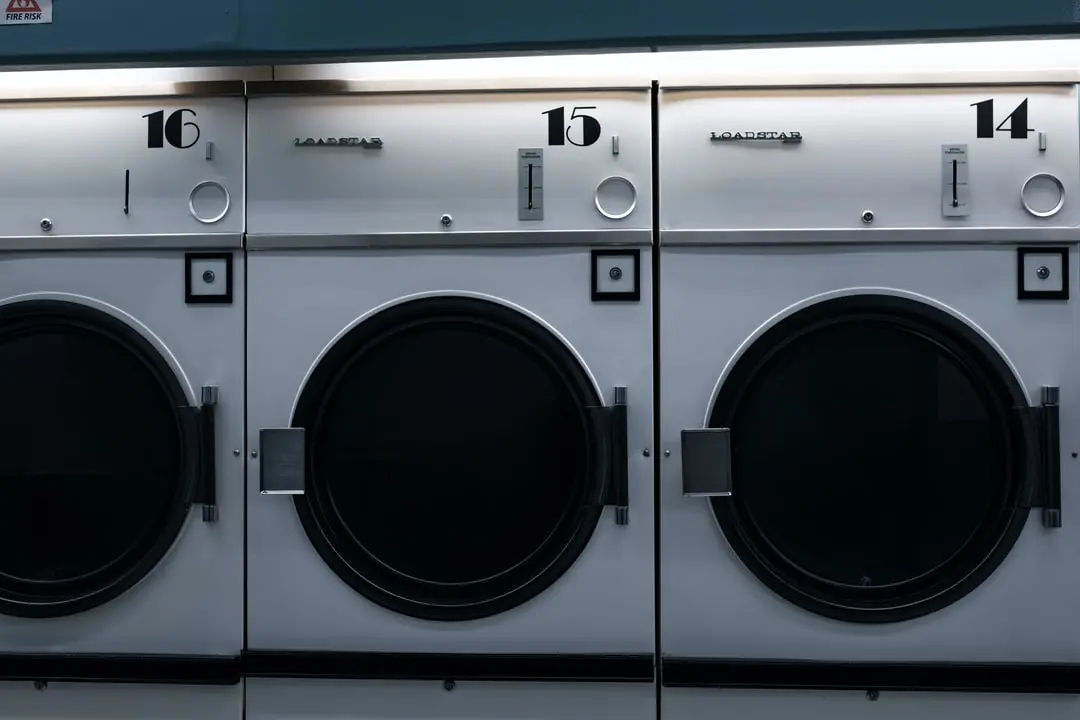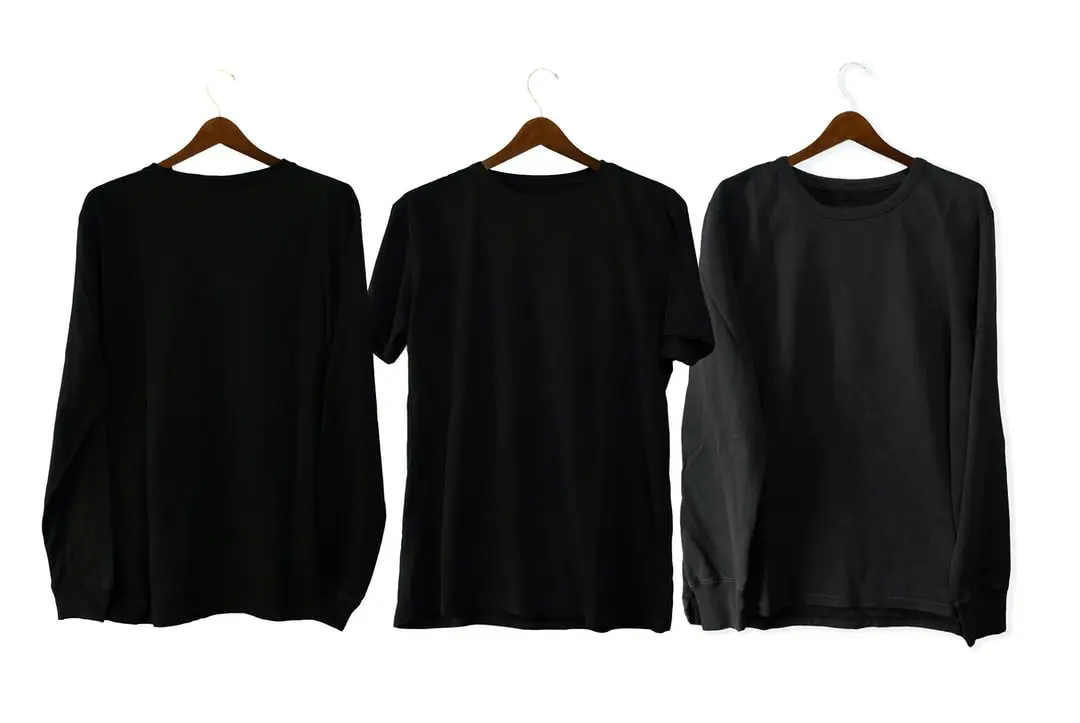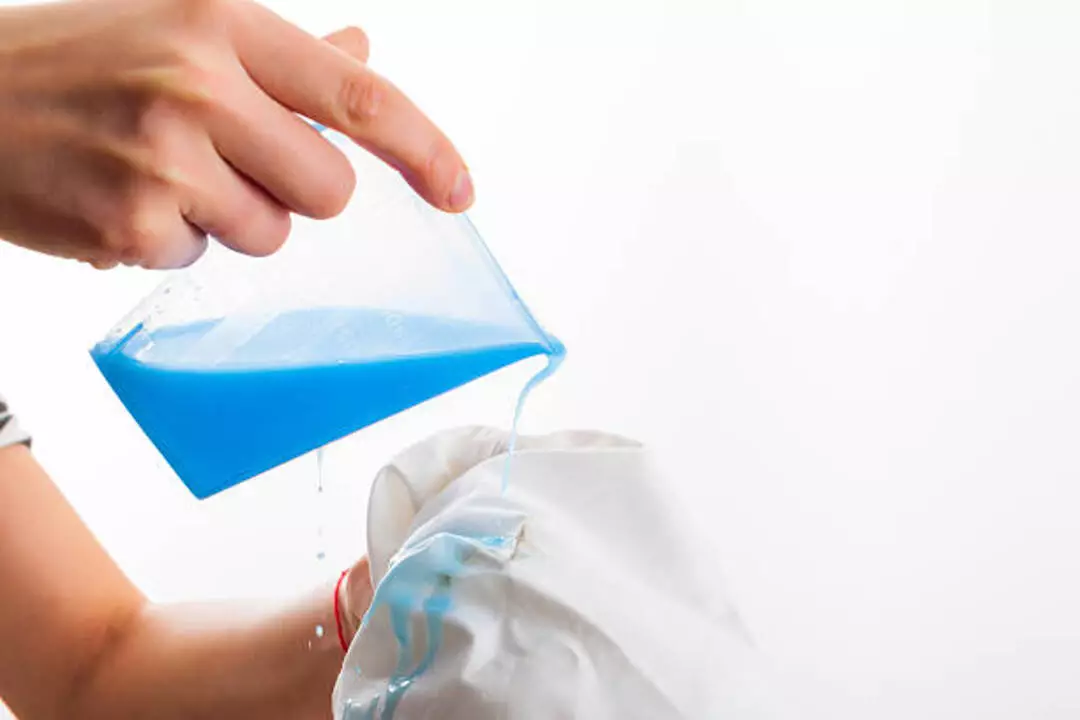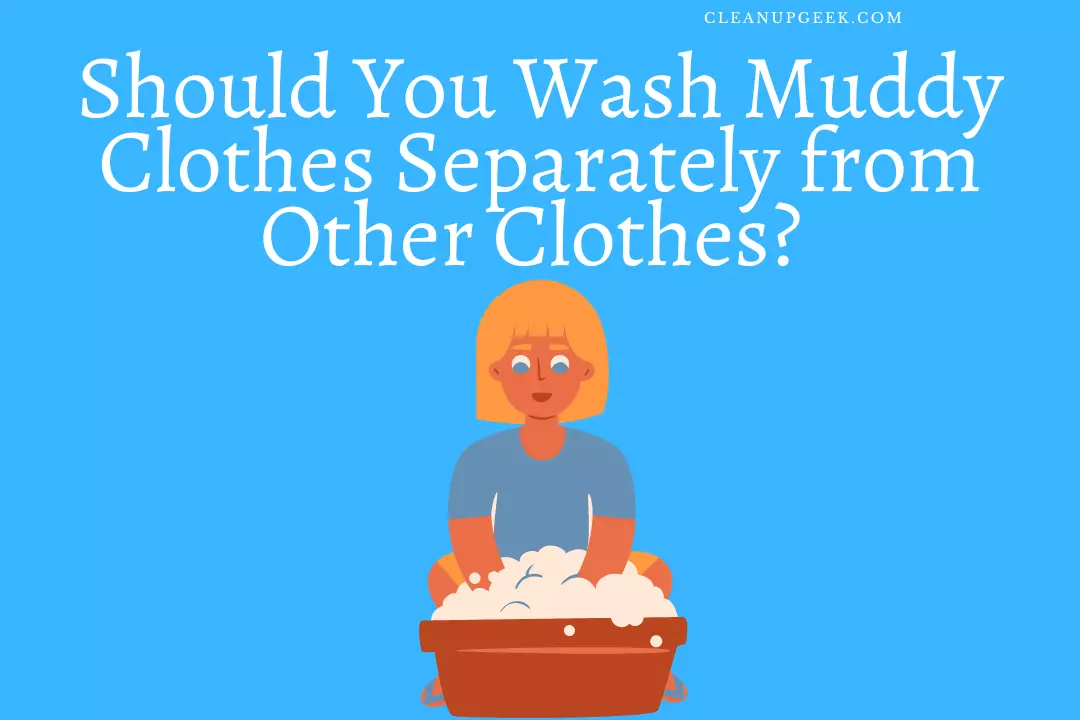There’s no doubt that dogs light up our lives, but dealing with urine stains on their fur can be a major bummer. Did you know that medical conditions and behavioral issues could cause constant staining? This blog will equip you with proven techniques to remove these stubborn marks, ensuring your furry friend remains clean and fresh-smelling.
Get ready for stain-free days ahead!
Key Takeaways
- Urine stains on your dog’s fur can be caused by marking territory, incontinence, submissive urination, and certain medical conditions.
- When removing urine stains from your dog’s fur, consider their fur type, the severity of the stain, the sensitivity of their skin, and use safe products/methods.
- Effective methods to remove urine stains include using water and mild pet-friendly shampoo, vinegar and water solution for odor removal, enzyme-based cleaners to break down urine compounds, and regular grooming and brushing.
- Preventive measures to avoid urine stains on your dog’s fur include proper potty training, regular bathroom breaks, spaying or neutering your dog, and addressing any underlying medical conditions.
Common Causes of Urine Stains on Dog’s Fur
There are several common causes of urine stains on your dog’s fur, including marking territory, incontinence, submissive urination, and certain medical conditions.
Marking territory
Dogs can leave urine stains on their fur when they mark places. This act is normal for dogs, both male and female. They do this to tell other dogs that the place is their own. Some dogs also do it more than others because of their breed or personality.
It might be hard to stop them from marking but cleaning the stains right away stops them from getting worse.
Incontinence
Incontinence is one of the common causes of urine stains on a dog’s fur. It happens when a dog cannot control their bladder and leaks urine involuntarily. This can lead to stains on their fur, especially in areas like the hindquarters or belly.
Dogs with incontinence may also have accidents indoors or dribble urine while sleeping. It’s important to address this issue by consulting a veterinarian who can diagnose any underlying medical conditions causing the incontinence and provide appropriate treatment.
Submissive urination
Submissive urination is a common cause of urine stains on a dog’s fur. It happens when a dog feels scared or anxious and releases urine as a way to show submission. This can occur when meeting new people, other animals, or in stressful situations.
When dealing with submissive urination stains, it’s important to approach the situation calmly and avoid scolding your dog. Cleaning up the stain promptly with water and mild pet-friendly shampoo is recommended.
Using enzyme-based cleaners can also help break down the urine compounds and eliminate odor effectively. Taking steps to address any underlying anxiety or fear your dog may have can help prevent future incidents of submissive urination and reduce staining on their fur.
Medical conditions
Some medical conditions can cause urine stains on your dog’s fur. Urinary tract infections, bladder stones, and bladder infections can all lead to frequent accidents and staining. In addition, certain health issues such as diabetes or kidney problems can cause increased urination and make it harder for your dog to control their bladder.
It’s important to address these medical conditions with your vet to help prevent urine stains on your dog’s fur.
Factors to Consider When Removing Urine Stains from Dog’s Fur
Consider the type of dog fur, the severity of the stain, the sensitivity of the dog’s skin, and safe products/methods to use. Read on to learn more about effective methods for removing urine stains from your dog’s fur.
Type of dog fur (short hair, long hair)
When it comes to removing urine stains from your dog’s fur, the type of fur they have plays a role. If your dog has short hair, it may be easier to clean and remove stains compared to dogs with long hair.
Short hair is less likely to trap and hold onto urine, making it simpler to rinse or wipe away the stain. However, if your dog has long hair, especially around their private area or legs, urine stains can become more challenging to eliminate.
The longer strands of fur can absorb and hold onto urine for longer periods, leading to discoloration and an unpleasant odor. In such cases, you may need to use specific cleaning methods and products designed for long-haired dogs.
Severity of the stain
The severity of the urine stain on your dog’s fur is an important factor to consider when removing it. If the stain is fresh, prompt action can prevent it from setting in and becoming more difficult to remove.
Blotting the area with white cloth towels or paper towels until all moisture is absorbed can help minimize the stain’s intensity. For stubborn stains, using a carpet stain remover specifically designed for pet stains may be necessary.
It’s essential to follow the instructions carefully and test any product on a small, inconspicuous area first. Remember that some stains might require professional cleaning if they are deeply embedded in the fur or have been there for a long time.
Sensitivity of dog’s skin
You should be aware of the sensitivity of your dog’s skin when removing urine stains. Dogs have delicate skin, and using harsh chemicals or rough scrubbing can cause irritation and discomfort.
It is important to choose pet-friendly products that are gentle on their skin. Additionally, avoid excessive rubbing or scratching while cleaning as it may lead to further irritation.
Take care to use methods and products that won’t harm your furry friend’s sensitive skin during the stain removal process.
Products and methods to use (avoid harmful chemicals)
To effectively remove urine stains from your dog’s fur, it’s important to use safe and pet-friendly products and methods. Here are some options to consider:
- Water and mild pet-friendly shampoo: Promptly clean the stain by gently washing it with water and a mild pet-friendly shampoo. Avoid using harsh chemicals that may irritate your dog’s skin.
- Vinegar and water solution: To remove odor, create a mixture of white vinegar and water (equal parts) and apply it to the stained area. Blot gently with a clean cloth or paper towel.
- Enzyme-based cleaners: These cleaners break down the urine compounds, helping to eliminate stains and odors effectively. Look for enzymatic cleaners specifically designed for pet stains.
- Regular grooming and brushing: Regularly groom your dog’s fur to prevent matting and stains from setting in. Brushing helps distribute natural oils that keep their fur healthy and clean.
Effective Methods to Remove Urine Stains from Dog’s Fur
To effectively remove urine stains from your dog’s fur, promptly clean the stain with water and mild pet-friendly shampoo.
Promptly clean the stain with water and mild pet-friendly shampoo
To remove urine stains from your dog’s fur, act quickly by cleaning the stain with water and a mild pet-friendly shampoo. This will help prevent the stain from setting in and becoming harder to remove.
Make sure to use lukewarm water and gently massage the shampoo into your dog’s fur, being careful not to irritate their skin. Rinse thoroughly with clean water to ensure all traces of shampoo are removed.
This method is effective in removing fresh urine stains and keeping your dog’s fur clean and fresh-smelling.
Use vinegar and water solution for odor removal
To eliminate odors caused by urine stains on your dog’s fur, you can use a simple vinegar and water solution. Mix equal parts of white vinegar and water in a spray bottle. Spray the solution onto the affected area and gently rub it into the fur with a clean cloth or towel.
The vinegar helps to neutralize the ammonia in urine, reducing odor. Afterward, wipe away any excess moisture with a dry cloth or towel. This method is safe for both short-haired and long-haired dogs, and it’s an effective way to combat unpleasant smells caused by urine stains on your furry friend’s coat.
Use enzyme-based cleaners to break down urine compounds
To effectively remove urine stains from your dog’s fur, consider using enzyme-based cleaners. These cleaners are specifically designed to break down the compounds found in urine, eliminating both the stain and the odor.
Enzymes work by targeting the proteins and organic matter in the urine, breaking them apart so they can be easily washed away. When choosing an enzyme-based cleaner, look for one that is safe for use on pets and does not contain any harsh chemicals or toxins.
By using these cleaners, you can ensure that your dog’s fur is thoroughly cleaned and free from any lingering urine stains or odors.
Regular grooming and brushing to prevent matting and stains
To prevent matting and stains on your dog’s fur, it is important to regularly groom and brush them. This helps keep their fur clean and free from tangles or knots. Regular brushing also helps distribute natural oils throughout their coat, keeping it healthy and shiny.
By removing loose hair, dirt, and debris, you can prevent these substances from causing stains on your dog’s fur. Additionally, regular grooming allows you to check for any signs of skin issues or parasites that may require attention.
Taking the time to groom your dog not only keeps them looking good but also promotes their overall hygiene and well-being.
Preventive Measures to Avoid Urine Stains on Dog’s Fur
To avoid urine stains on your dog’s fur, it is essential to implement preventive measures such as proper potty training, regular bathroom breaks, spaying or neutering, and addressing any underlying medical conditions.
Proper potty training
To prevent urine stains on your dog’s fur, proper potty training is crucial. By teaching your dog where and when to go to the bathroom, you can reduce accidents and keep their fur clean.
Set a consistent schedule for bathroom breaks throughout the day and reward your dog with treats or praise when they go outside. If accidents happen indoors, clean them up promptly using mild pet-friendly shampoo and water.
Remember that positive reinforcement is key in potty training, so be patient and consistent with your efforts. With proper training, you can help avoid urine stains on your dog’s fur altogether.
Regular bathroom breaks
To prevent urine stains on your dog’s fur, it is important to take them for regular bathroom breaks. This ensures that they have the opportunity to relieve themselves outside and reduces the chances of accidents inside the house.
By establishing a routine and sticking to it, you can help avoid situations where your dog may feel the need to urinate indoors. Regular bathroom breaks are an essential part of maintaining your dog’s hygiene and preventing urine stains on their fur.
Spaying or neutering
Spaying or neutering your dog is an important preventive measure to avoid urine stains on their fur. This procedure helps reduce marking behavior, which can lead to urine stains in the house.
When a male dog is neutered, his urge to mark territory decreases, while spaying a female dog prevents heat-related accidents and reduces submissive urination. Additionally, spaying or neutering your dog can also have other health benefits and help control pet overpopulation.
It’s best to consult with your veterinarian about the appropriate age and timing for this procedure based on your dog’s breed and health condition.
Addressing underlying medical conditions
If your dog is experiencing frequent urine stains on their fur, it may be a sign of underlying medical conditions that need to be addressed. Medical conditions such as urinary tract infections, bladder stones, or kidney problems can cause increased urination and accidents.
It’s important to consult with a veterinarian who can diagnose and treat any potential health issues your dog may have. By addressing these underlying medical conditions, you can help reduce the occurrence of urine stains on your dog’s fur and improve their overall well-being.
Remember to follow any recommendations or treatment plans provided by your vet for the best results in preventing future stains on your furry friend’s coat.
Conclusion
To keep your furry friend’s coat clean and stain-free, it’s important to know how to remove urine stains effectively. By promptly cleaning the stains with mild pet-friendly shampoo and water, using vinegar and water solutions for odor removal, and utilizing enzyme-based cleaners to break down urine compounds, you can tackle the problem head-on.
Regular grooming and brushing will also help prevent matting and future stains. Remember to focus on proper potty training, regular bathroom breaks, spaying or neutering your dog, and addressing any underlying medical conditions to avoid urine stains altogether.
With these methods in mind, you can maintain a clean and odor-free environment for both you and your beloved pooch!
FAQs
1. How can I remove urine stains from my dog’s fur?
You can use effective methods like cleaning pet urine with water, using pet stain removers or baking soda to whiten your dog’s fur.
2. What causes brown and yellow stains on my white dog’s fur?
Urine accidents often cause brown or yellow stains on the dog’s fur. Sometimes, a dog licking its coat too much may also generate these marks.
3. Can I keep my white-fur-dog clean and stain-free at home?
Yes! You can maintain clean and spike-white fur by removing any dirt right away, grooming regularly and preventing accidents that could cause pee stains.
4. Are there any special pet care products for removing both odor and urine stain from dogs?
Pet stain removers double up as both cleaner & deodorizer; they help get rid of the unpleasant smell along with clearing off stubborn soiling including hair from floors!
5. Does proper hygiene prevent too frequent staining in dogs’ furs?
Absolutely yes! Regular pet grooming keeps scratching lick spots minimal. Plus, timely outings assist them avoid unwanted potty mishaps indoors causing less carpet/rug issues.

